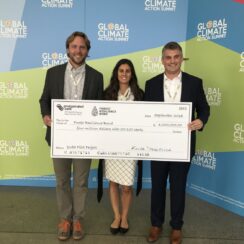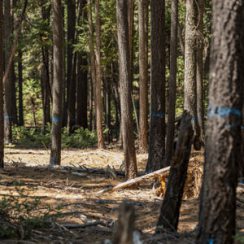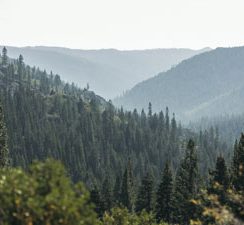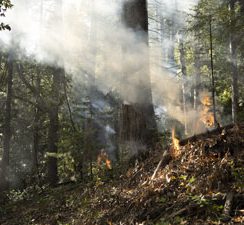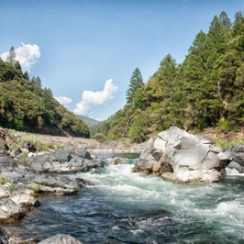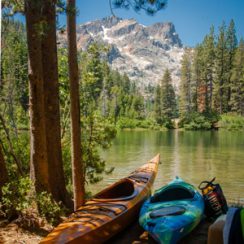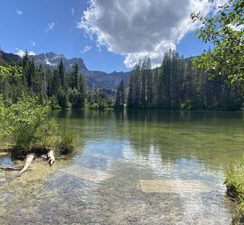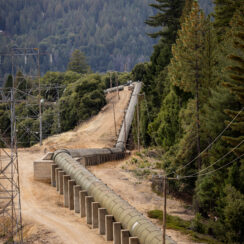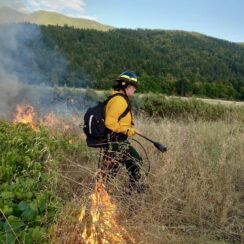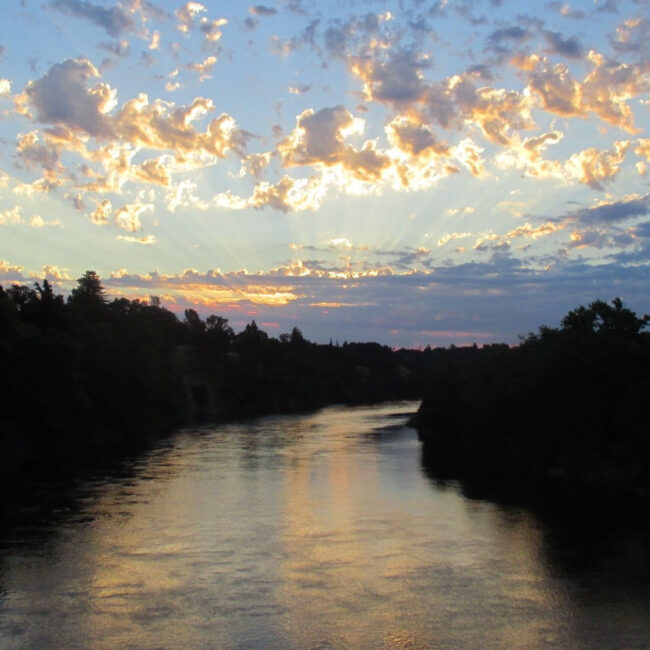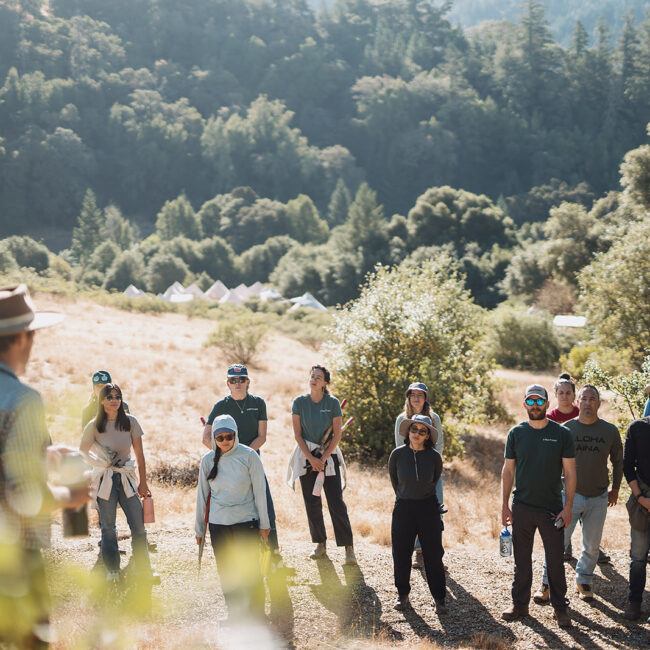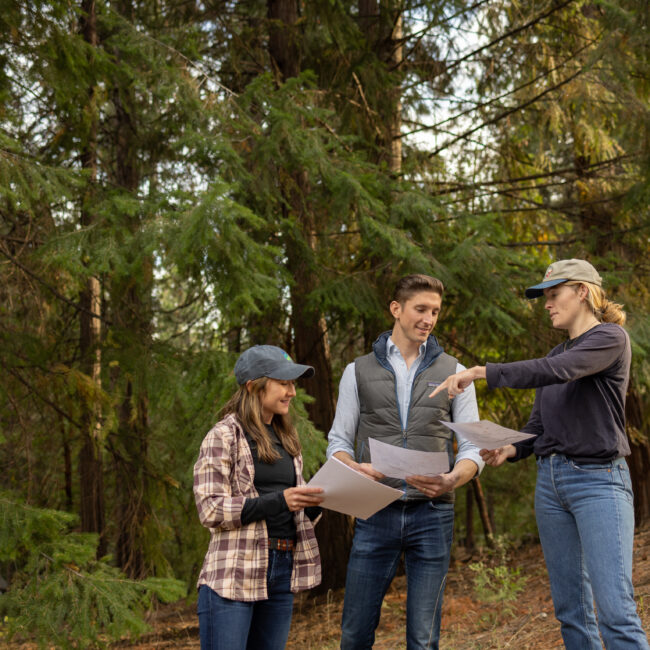Our Story
Boonville, CA

“The formula behind Blue Forest’s success is:
Science + Finance + Collaboration.”
Zach Knight, CEO and co-founder of Blue Forest
Timeline
Our Story
In 2013, the Rim Fire raced across 250,000 acres of the Stanislaus National Forest and Yosemite National Park – it was the second largest wildfire ever in California and is still the largest wildfire ever in Yosemite.
When the Rim Fire erupted, Blue Forest’s founders were together at UC Berkeley. Concerned about the increasingly detrimental impact of wildfires on communities, wildlife, and forests, they looked for solutions that hadn’t yet been tried.
They quickly recognized one of the main barriers to adequate forest restoration and preventing catastrophic wildfire was funding and access to financing
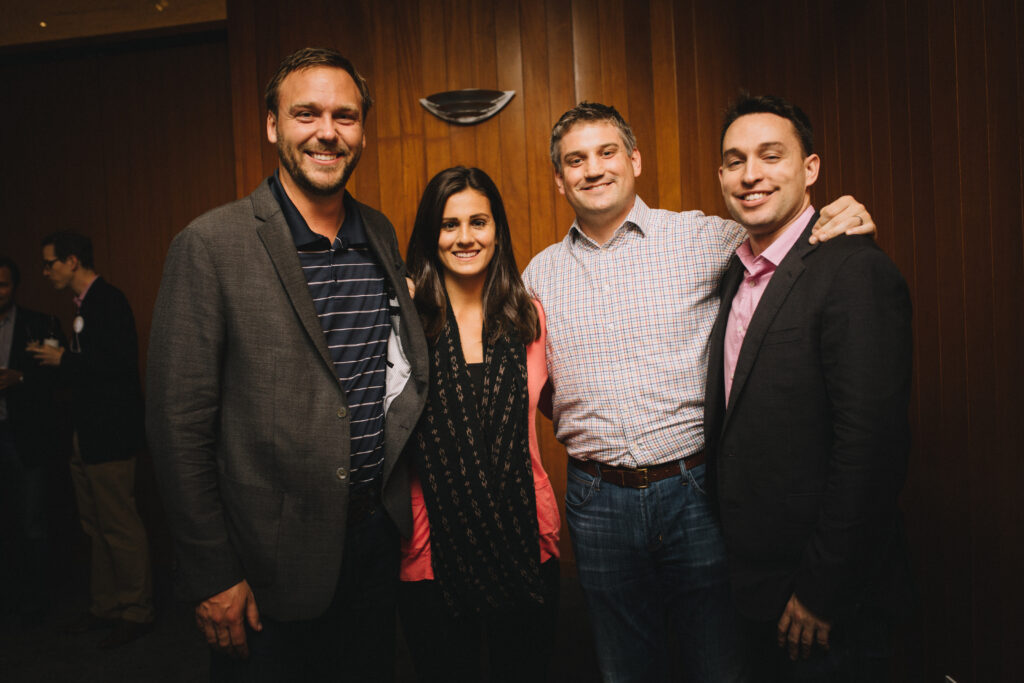
The birth of the Forest Resilience Bond
Their answer? An innovative financial model that would engage all the different groups who benefit from a resilient forest to share the cost of a restoration project. And then use sources of capital from both private and philanthropic investors to finance the up-front costs.
They called it the Forest Resilience Bond, or the FRB.
This was the beginning of a journey that would make Blue Forest a 501c3 non-profit organization working closely with organizations like the USDA Forest Service and the World Resources Institute, with support from the Rockefeller Foundation, and with millions of dollars of funding for crucial restoration projects in place across the U.S.
“If we know one thing, it’s this: we’re in a race against time to save our forests and landscapes.”
From concept to reality
But getting the FRB off the ground and proving it worked wasn’t straightforward. Taking the model from a concept that won the Kellogg-Morgan Stanley Sustainable Investment Challenge competition to real life was a journey of listening and learning.
The Blue Forest founders spent years on the ground, researching and listening to feedback from the community, soon-to-be partners, and others who had previously developed similar models that had been unsuccessful.
They had to prove the concept. It was something that hadn’t been done before.
Fast forward to 2018 and Blue Forest successfully launched its first FRB project. The Yuba I FRB provided $4 million in private capital to finance critical restoration treatments, which were paid back by a diverse group including the local water agency. The project enabled the protection of 15,000 acres of the Tahoe National Forest and was developed in partnership with World Resources Institute, the National Forest Foundation, and the USDA Forest Service.

Tahoe National Forest
Scaling up
It took three years to get that first $4 million of financing, but once it was in place and the concept was validated, the restoration work could scale up. And scale up quickly. The North Yuba Forest Partnership came together to plan restoration at a whole watershed level. That work is happening now, and it’s at 20 times the scale than originally planned.
Since that first FRB, Blue Forest has continued to identify impactful financing solutions for the ecosystem restoration economy. We’ve launched our asset management arm, Blue Forest Asset Management. We’ve expanded across California to the Western U.S. We’re spearheading ecosystem resilience projects where they matter most. And we’re increasing the pace and scale of restoration wherever we work.
Meeting the challenge of extreme climate events
If we know one thing, it’s this: we’re in a race against time to save our forests and landscapes. The 2013 Rim Fire, once the second largest in California, doesn’t even make the top ten largest wildfires in the state. To meet the challenge of catastrophic wildfire and extreme climate events, we need significant capital that can be provided through financial models, like the FRB. We need financial solutions that are grounded in science, bring many groups together to share in the cost of a project, and get up-front financing in the right place and at the right time to get the work completed now.
